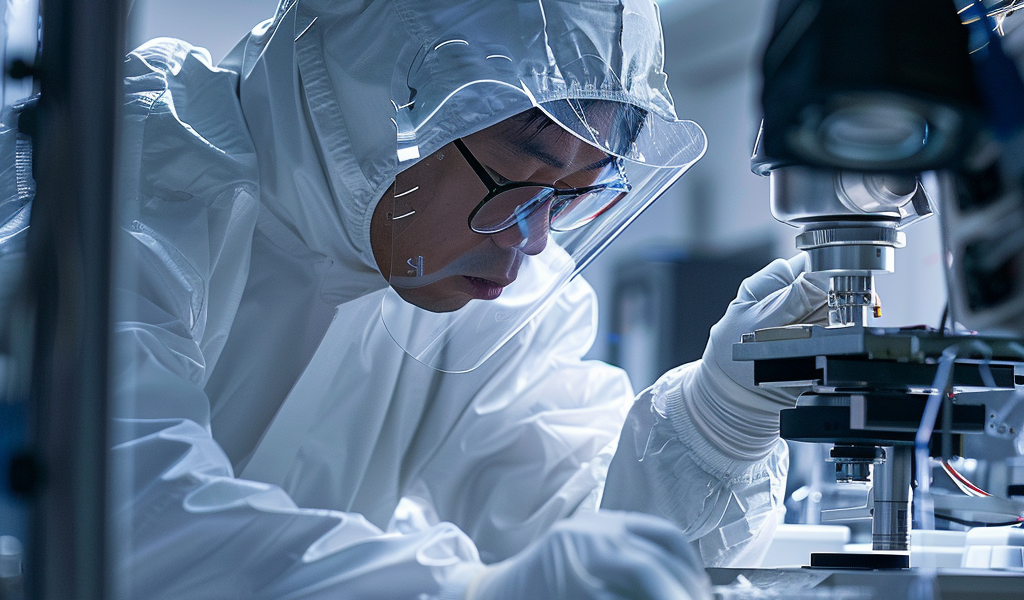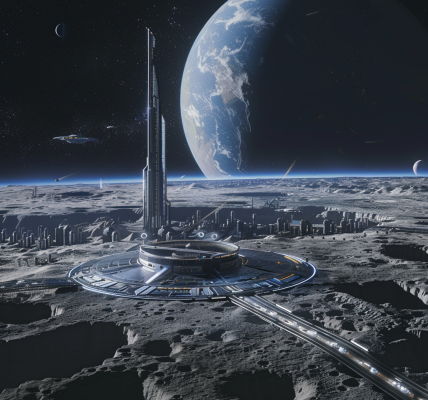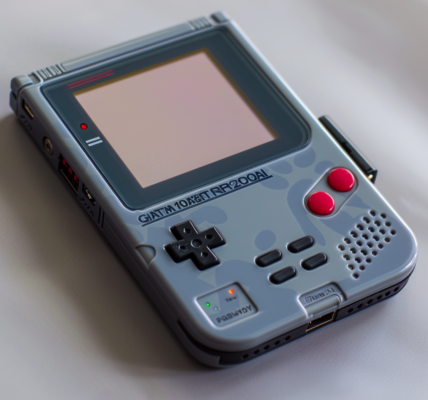Exploring the mysteries of interplanetary space, a recent study conducted by Professor Yuki Kimura at Hokkaido University and a team of researchers from 13 other institutions in Japan has shed light on the effects of the space environment on the asteroid Ryugu. The findings, published in the journal Nature Communications, present new insights into the magnetic and physical bombardment experienced by objects in interplanetary space.
The study utilized samples collected from asteroid Ryugu by the Japanese Space Agency’s Hayabusa2 spacecraft, providing researchers with a unique opportunity to analyze the asteroid’s exposure to the harsh conditions of space. By employing electron holography, the researchers were able to examine the structure, magnetic, and electric properties of the samples in detail.
Hayabusa2 successfully reached asteroid Ryugu in June 2018, collected samples through meticulous touchdowns, and returned them to Earth in December 2020. The spacecraft is now on a continued mission, with plans to observe two other asteroids in the coming years.
One of the key advantages of studying samples directly from an asteroid is the ability to investigate the long-term effects of space exposure. Phenomena such as space-weathering, caused by the solar wind and micrometeoroid bombardment, can significantly alter the properties of celestial bodies over time.
Unlike meteorite samples that naturally land on Earth, asteroid samples provide a more accurate representation of the effects of space environment due to their direct exposure. The study revealed intriguing details about the distribution of iron nanoparticles and magnetite particles within the Ryugu samples, offering valuable insights into the magnetic properties of the asteroid.
This groundbreaking research not only enhances our understanding of the dynamics of interplanetary space but also highlights the importance of studying celestial bodies up close to unravel the mysteries of our solar system and beyond.





